Oppdal slate is quarried from the range of mountains in the far south of Trøndelag, Norway. At 750 million years old, the slate that earned its well-deserved first place in local industrial history in the early 20th century maintains a position that is just as strong today.
Oppdal slate can be shaped to whatever you want,and yet the stone retains its strength and character as durable, timeless and maintenance-free.

Oppdal slate surprises many with its bright, warm hues that blend so elegantly into a modern Scandinavian interior.
Outdoors, it is a classic that is much loved, not only for the beautiful surface, but also for its edges.
A very special feature of Oppdal slate is that it can be carved and cut in the same way as glass. This allows our stonemasons, with the simplest tools, to create perpendicular products with a completely natural edge. Something that will give your staircase or terrace the special something extra!

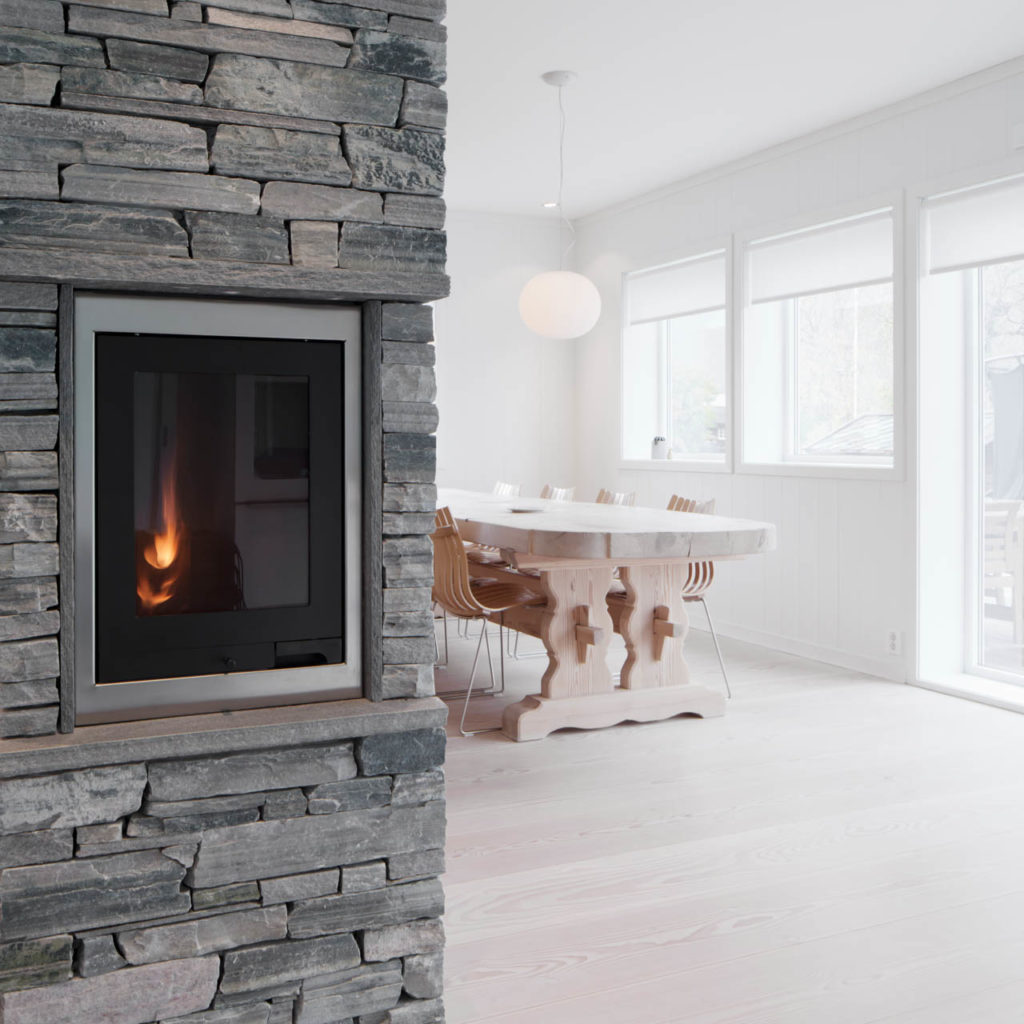
Oppdal slate is quarried from Sæterfjellet and refined at the foot of the mountain – just a stone’s throw away from the slate quarry.
With the construction of the Dovre Line 100 years ago, the slate became a central livelihood and building material for local skilled workers in the village and today, the industry retains its position as a keystone company in the mountain municipality in the far south of Trøndelag in Mid-Norway.
The history of Oppdal slate began 750 million years ago when sand, clay and gravel sank to the bottom of the sea. Eventually, this was converted into stone under extreme high pressure.
Over time, the seas disappeared and today, Oppdal slate is quarried and processed from rock to natural material, with all the characteristics the mountain gave it: Perpetual strength and resistance to frost, water, acid and climate change. Yet still compassionate and highly malleable.
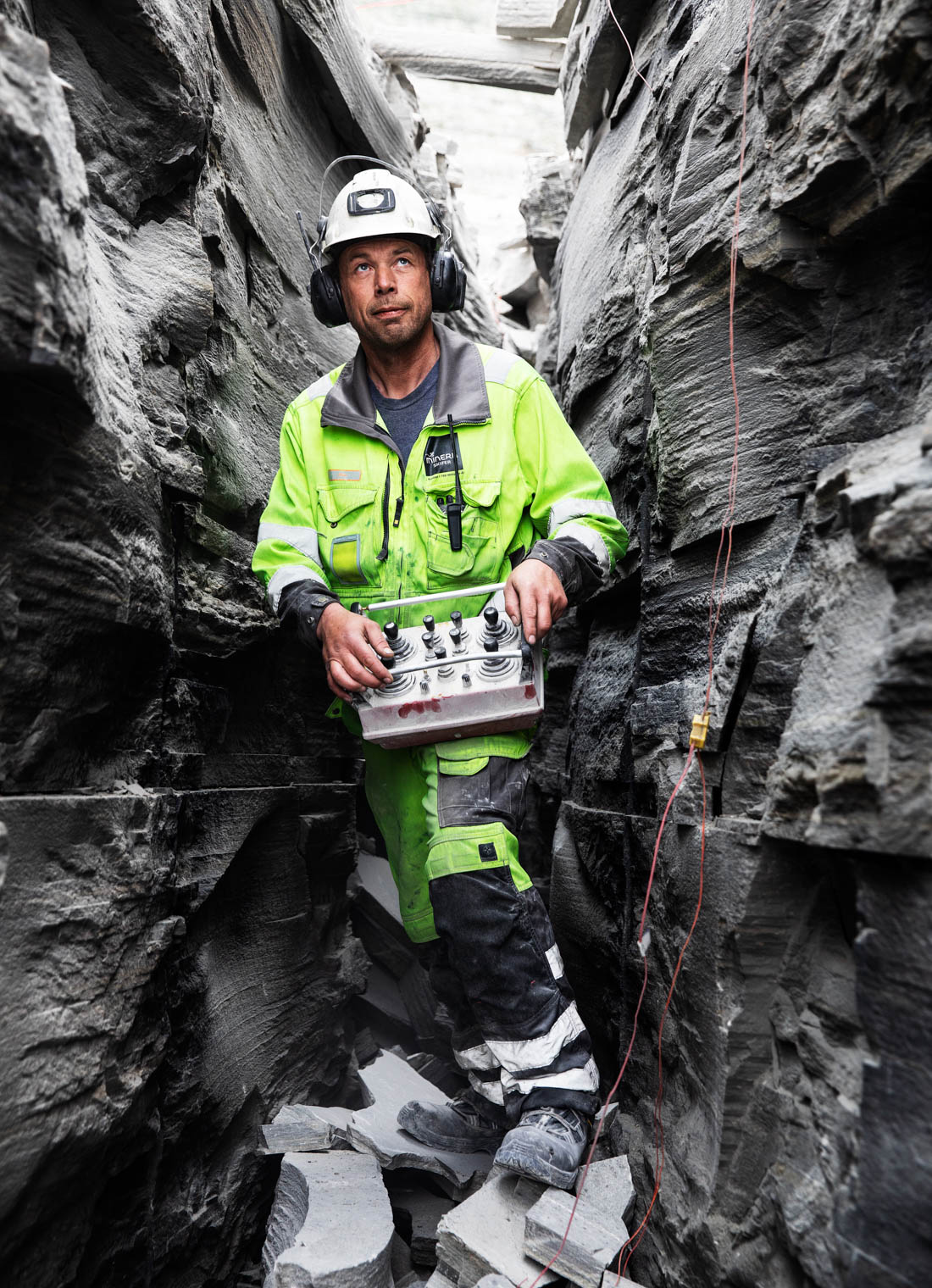
The life cycle of slate is long, but uncomplicated. It has been formed and hardened over millions of years, until it is suddenly blasted out of the mountain. And when this happens, you’ll likely as not find Otto Ørstad a little further up the hillside, with gunpowder on his fingers and an over 80-year-old detonator in his hands.
Read the interview and learn how tradition plays a big role in the extraction of slate.
Light Oppdal slate is much loved, not only because of its appearance, with shades of light grey that are such a good match for Scandinavian design, but also because the slate has a minimal environmental footprint.
In the quest to build green and achieve environmental certification, it is essential to choose materials with the lowest possible environmental impact. So not much can compete with a locally sourced, natural material with a high level of manual processing.
If you use public transport and find yourself at Helsingborg Central Station in Sweden, or perhaps Kongens Nytorv, from where the new Metro ring line takes you around Copenhagen in 27 minutes, it’s worth noting that the walls of brushed light Oppdal slate are not only exceptionally beautiful, but also an environmentally intelligent choice!

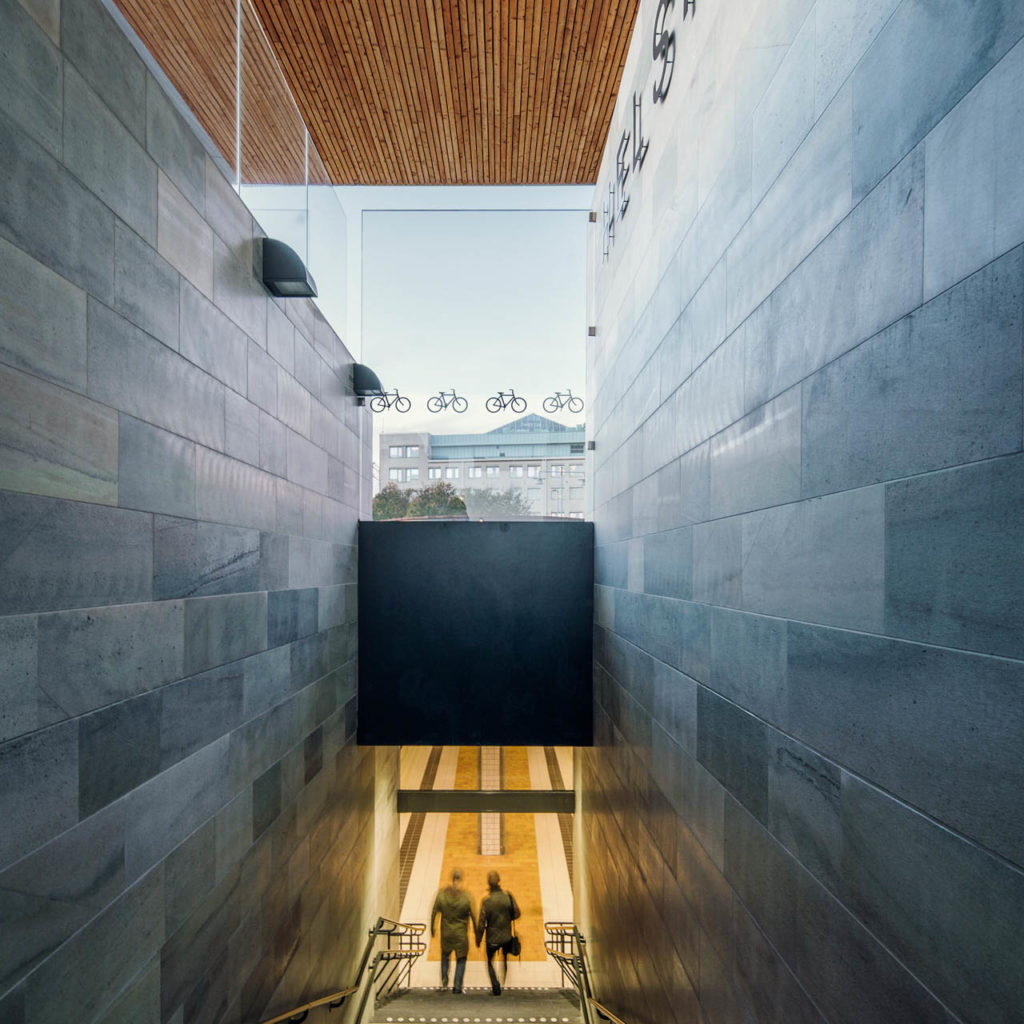
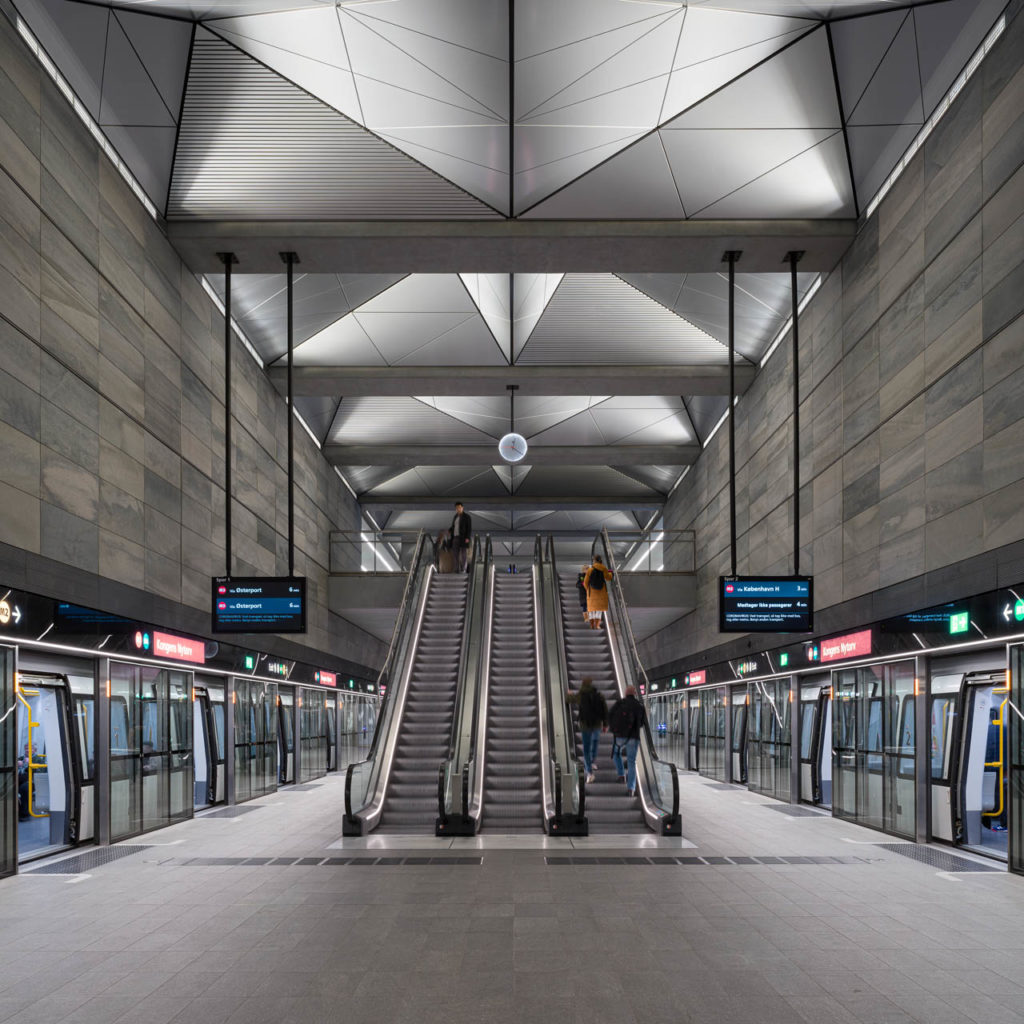
You can enrich you mind and soul at Segerstedthuset in Uppsala University, UiT The Arctic University of Norway, or at the award-winning Mortensrud Church, all with different varieties of light Oppdal slate as important elements of their design.
At Moesgaard Museum in Denmark, you can walk on floors and stairs of Oppdal slate, while being entranced by all the fascinating archaeological exhibits. Here, you’ll find the world’s best preserved Iron Age bog burial, which happens to be just as old as the oldest slate floor we know of, at Munkholmen outside Trondheim.
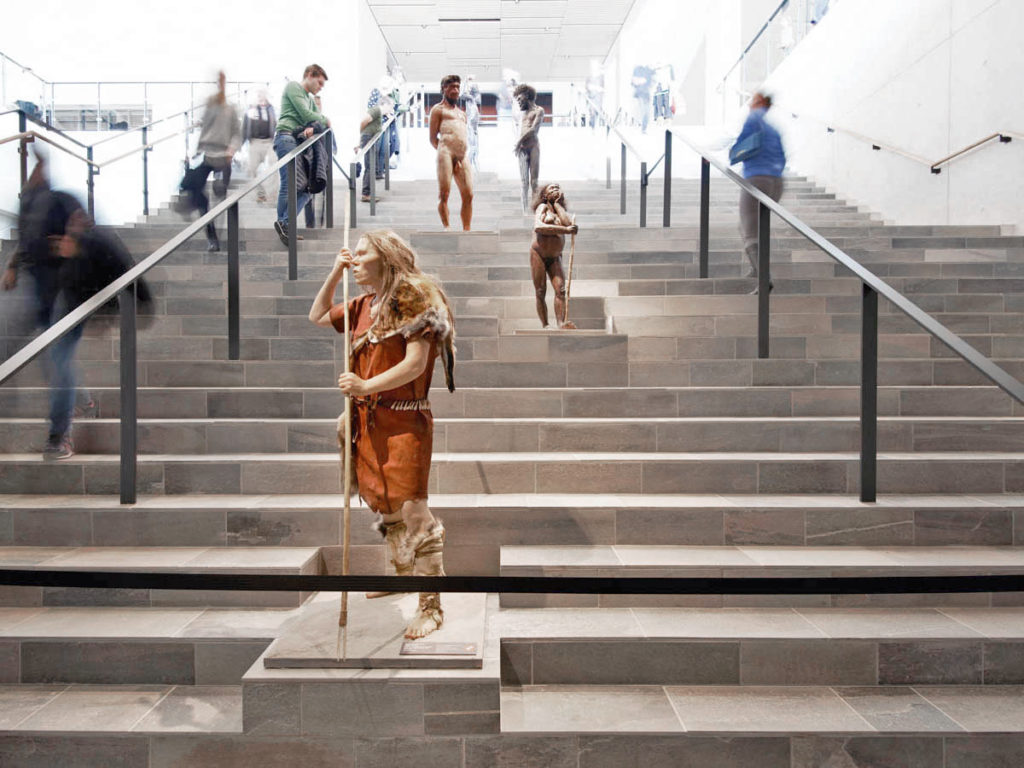
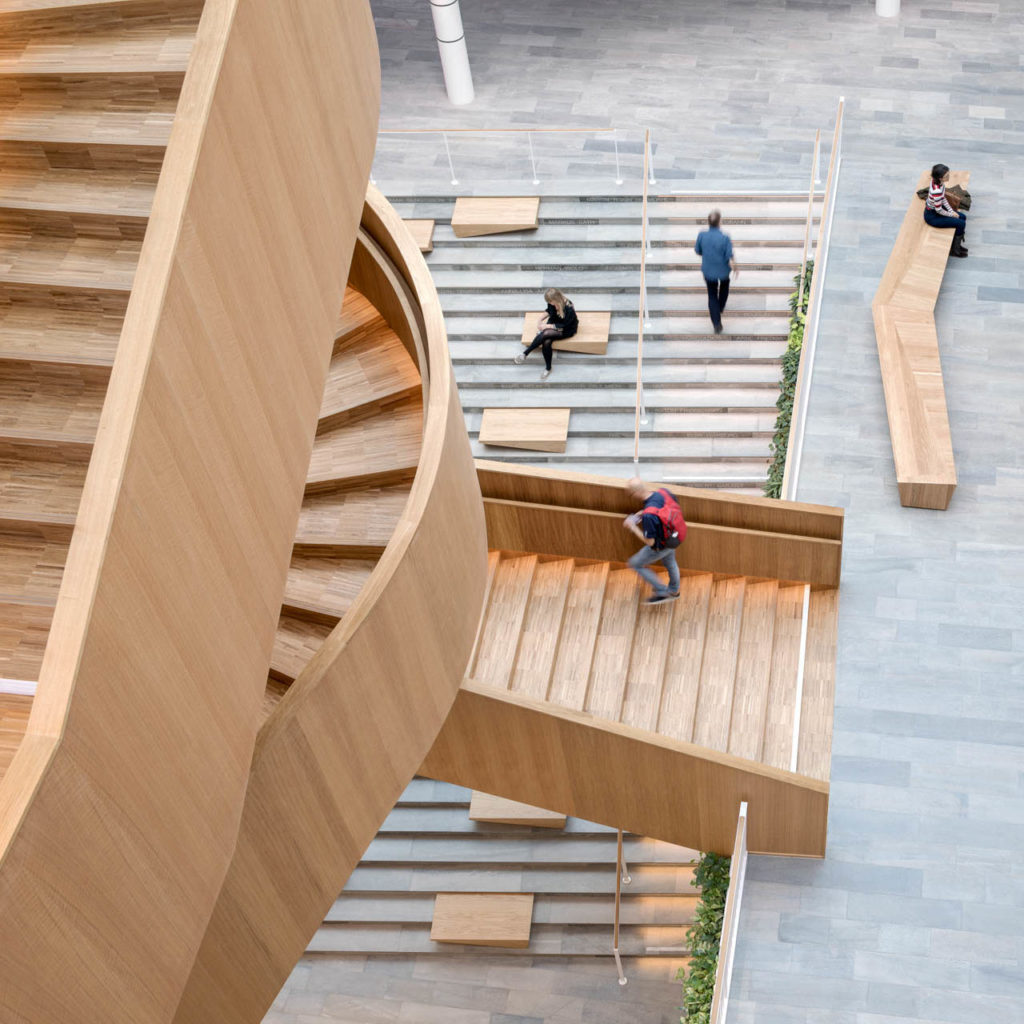
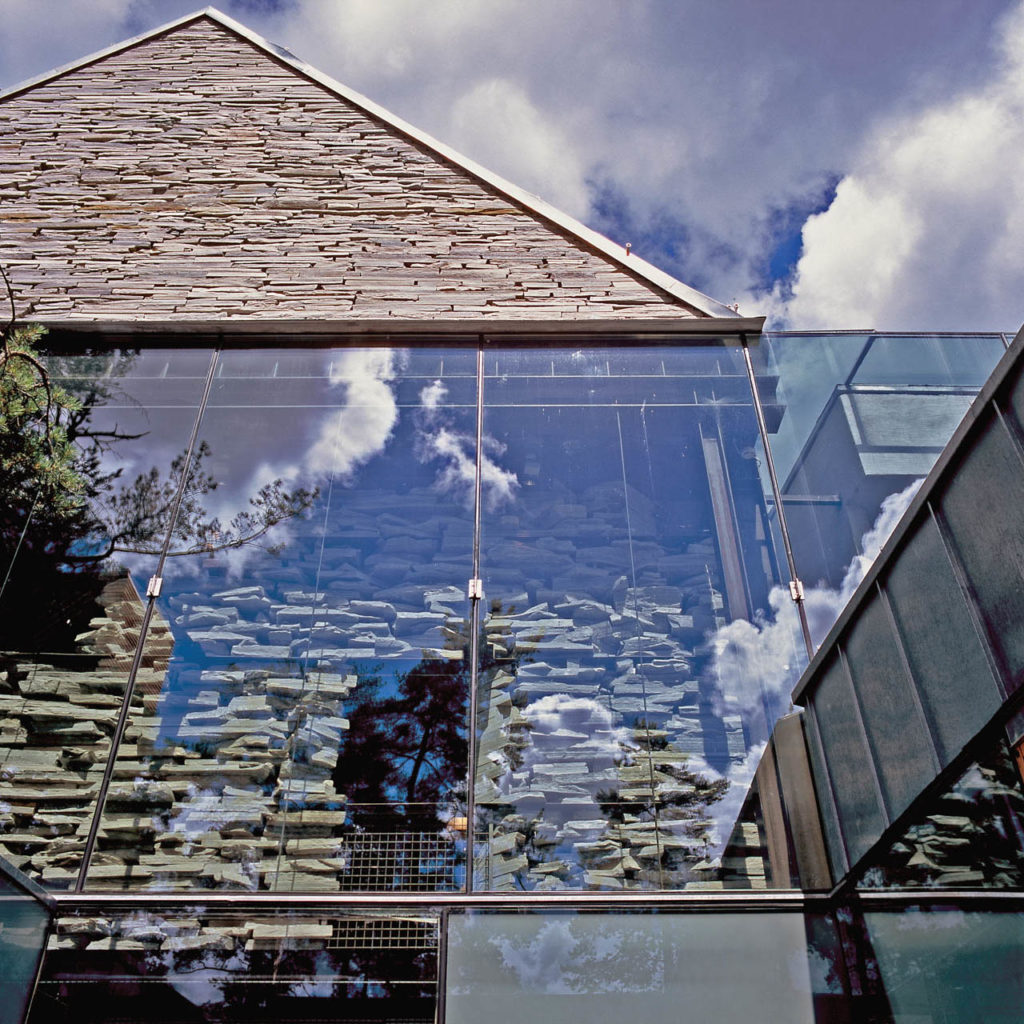
At New Skøyen Atrium, light Oppdal slate contributes to a good working environment for everyone that has this unique office building as their workplace. The building was awarded BREEAM excellent environmental certification.
Some of Norway’s finest tourist attractions have light Oppdal slate as a natural and neutral backdrop. Perhaps you’ve enjoyed the company of Vigeland’s 200 sculptures in the Frogner Park this summer, or the spectacular fjord view from Loen Skylift, 1011 metres above sea level?
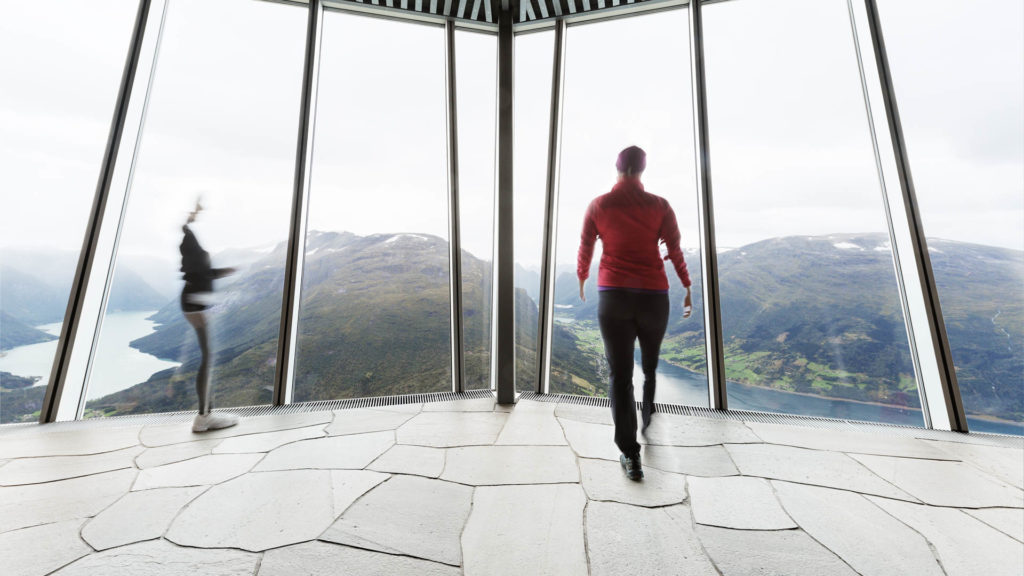
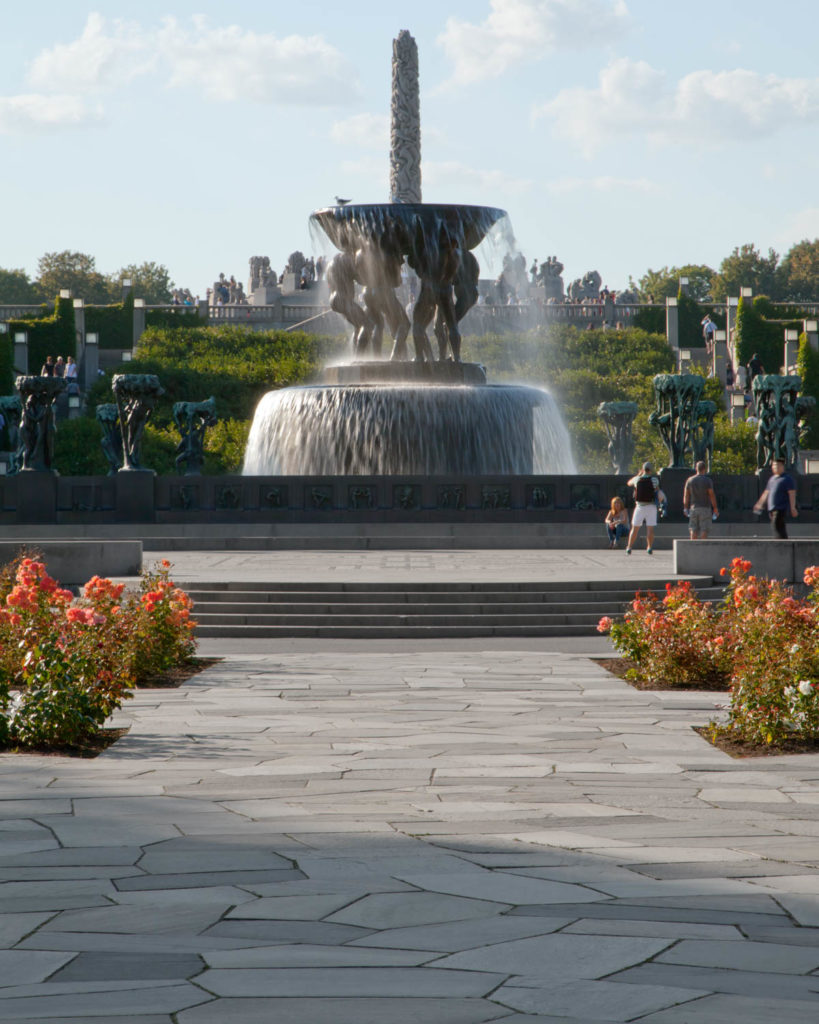
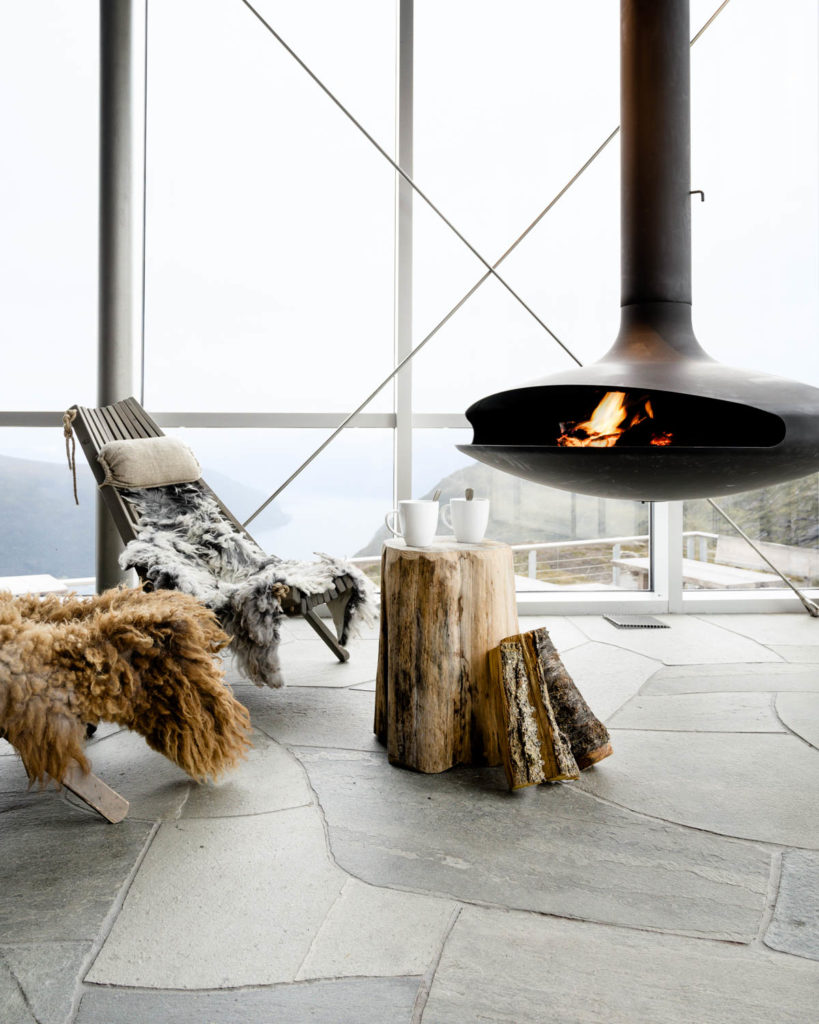
Should you be in the village of Oppdal to enjoy the fresh air in the beautiful mountains, why not go on a musk ox safari or raft down the river Driva? You’ll will see examples of slate projects wherever you go. We also suggest you take an extra look at Skifer Hotel, both inside and out!
It has an unlimited lifespan. For a natural stone to have a long lifespan, it must have a mineral composition that makes it weather-resistant. Our slate consists of highly durable minerals. In addition, they have a mineral structure that is dense and thus strengthens its technical properties. Our three types of slate are positioned within the top 10 in the world in terms of durability.
Our slate is from Norway and Sweden, and all production is done locally by our stonemasons. Slate is split by hand into its natural layers, unlike marble and granite, which are cut mechanically into sheets using a multi-blade saw. However, with a lifespan of > 100 years, slate is often a cheaper alternative in terms of lifespan. The installation cost is largely the same, whether you choose slate or an affordable material.
Slate is a 100% natural material. Our slate from Otta, Oppdal and Offerdal consists of highly durable minerals such as quartz, felt spat and mica. The minerals have a favourable structure that is dense and further strengthens its qualities. Through pressure and temperature, the deposition of sand and clay in rivers and on the seabed has been transformed into rock slate for hundreds of millions of years.
You save the environment from a more than 700% increase in CO2 emissions compared to a ceramic copy. Genuine slate tiles can be supplied with falling lengths that create a beautiful floating look. This format cannot be achieved by using ceramic copies. Choosing local genuine slate also supports sustainable production and local value creation.
The quality of Scandinavian slate is unrivalled. There are old types of rocks where time, pressure, temperature and transformations have developed the slate types into solid materials. The ice ages also contributed to removing much of the younger and weaker rocks that were originally above the slate sites we have today. Most types of slate from other parts of the world are younger, they have not been exposed to temperature, pressure and transformation in the same way as the Scandinavian slate types. Norwegian slate is also local and has a high degree of handicraft – which combined give it a record low environmental footprint.
Minera Skifer has three slate quarries, two in Norway and one in Sweden. Oppdal slate is light grey, the slate from Otta in Gudbrandsdalen is black or rust-coloured, and the slate from Offerdal in Jämtland is deep grey.
Yes, slate is a 100% natural material. Hundreds of millions of years ago, sediments of sand, clay and gravel sank to the bottom of the sea. There it was pressed together into layers, before it became slate under high pressure. Our slate is extracted from Norwegian and Swedish mountains and refined by local stonemasons right at the foot of our three slate quarries.
Yes, local slate from the Scandinavian region has an extremely low climate footprint. It is a 100% natural material that is largely processed by hand, requires minimal maintenance, is everlasting, and can be recycled and reused.
Light Oppdal slate is a medium-grain, rock-speckled gneis mica quartzite slate. Otta slate is a dark slate from the type of rock called Phyllite slate. Offerdal slate is a quartzite from the rock type felt spat metasandstone.
For a slate to have a rust colour, a slate type that can develop a rust patina must be used. In Scandinavia, only Otta slate from Gudbrandsdalen in Norway has a mineral composition that provides this property. Rust develops naturally over time due to weather and wind, and becomes increasingly beautiful over years.
Read about Otta slate’s development of a beautiful rust patina here.
No, our slate must not be impregnated. However, for some applications, it would be advisable to recommend impregnation, as it provides protection against stains and dirt while also facilitating cleaning. For example, it is a good idea to impregnate worktops that are exposed to grease spills, etc.
Yes, slate has very good breaking strength and flexibility. For driving on slate laid in cement mortar or on concrete slabs, the slabs should be at least 2 cm thick. If the slate is laid in gravel, the surface should be stable, well compressed and frost-free, and the slate should have a minimum thickness of 4 cm.
No. Our three slate types in natural surfaces are 100% non-slip (with the highest classification) and are therefore very suitable for external areas such as terraces, staircases and the like. We also supply slate in finished surfaces that are non-slip. All our slate surfaces have been tested and the slip resistance has been documented with an R number, which is a standard for testing slip resistance and is used for ceramic tiles, among other things. See our product datasheets for test results.
Yes. Our slate from Oppdal, Otta and Offerdal is all 100% frost-proof and therefore very suitable for use in a tough Nordic climate. The porosity of a material is calculated by measuring the maximum amount of water that it attracts. In general, porous materials with high water uptake are the least strong and durable. All of our slates have water uptake far below what the European standard states as a limit for frost protection (NS-EN 12326-1: water absorption ≤ 0.6). See more in our product datasheets here
Yes. Our slates are water-resistant and can be installed in pools, fountains and the like. With a very low level of water absorption, they are therefore also 100% frost-proof.
Yes, Minera Skifer’s three types of slate can withstand salt. However, over time, large quantities in humid climates can affect the minerals and cause a colour change in the surface– a patina. This has no impact on the technical quality of the slate, i.e. the function, durability and lifetime remain unaffected.
Yes. Our slate is non-slip and can withstand moisture and chlorine from a pool. Offerdal slate is particularly suitable for this (test-documented), and has been widely used for this purpose in Europe for decades. Our three types of slate can all be used both in the pool itself or around the pool. Otta slate and Lys Oppdal slate should be avoided in the actual zone transition between water and air.
Yes. It is a good idea to lay outdoor heating cables under slate that is glued on concrete or laid in gravel.
This is contingent on insulation under the heating cables. There are, among other things, heating cables mounted on insulating mats intended for this purpose.
No. Slate in its natural surface can withstand studs and have no unfortunate consequences. On floors where the surface of the slate is either brushed or sanded, we do not recommend the use of studs.